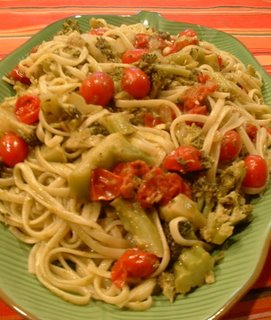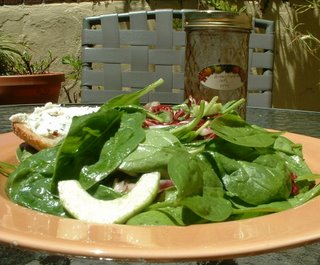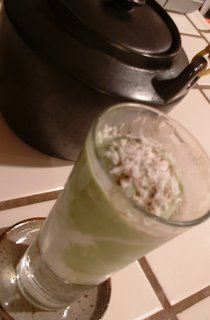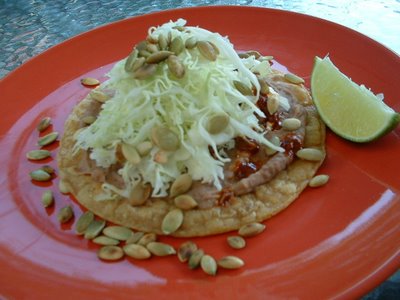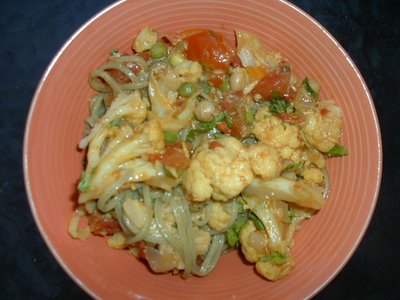Risotto Rules

It's been WAY long since my last post, due to my usual excuse: "So little time, so much to do," as the Mad Hatter says.
Cooking is a refuge, and whenever I make time for it I come back into balance, right here in the present moment. And yet... some days (and weeks) I am convinced I don't have time to prepare anything more than a salad or sandwich here and there, or I survive on burritos from the local taqueria.
"Too much," sings Dave Matthews, and I know that refrain. Still, part of me believes, it's all good. Life catches me up sometimes in a cycle of activity that challenges me to be more, do more. And without those challenges, I might just stagnate.
Then there's the voice in my other ear, constantly crooning, "Peace, peace. Slow down and breathe. All else is illusion."
Does this see-saw of feelings sound familiar?
Anyway, tonight, at long last, I TOOK the time to COOK. And I had risotto on my mind -- pure comfort food for anyone who loves rice. Although I haven't made risotto for at least a year, the process was absolutely clear in my mind. If you're new to this dish, just cook it a few times and you, too, will forever have the technique.
Risotto has four essential elements: 1) Riso: A special type of medium-grain, high-starch rise. Arborio is a traditional Italian choice, available at specialty stores and regular supermarkets in my neck of the woods. 2) Brodo: The broth that you use to cook the risotto; it's added in stages as you stir the grains around to get them to release their starch, which makes the finished dish nice and creamy. I like to use homemade stock, but sometimes settle for broth powders or "boxes." 3) Soffrito: The ingredients that you saute at the beginning to add depth of flavor to the rice. 4) Condimento: The ingredients you add at the last moment to heighten the flavors and bring it all together. (More information on risotto here.)
Tonight's version included red onion and garlic, dried basil, veggie stock. I added slightly defrosted peas, baby spinach leaves, and lemon zest toward the end. (Traditionalists would also add Parmesan cheese at this stage, along with a pat of butter. Vegans wouldn't, of course.)
I roasted some asparagus spears to go along side. The roasted red bell pepper garnish was a last-minute thought, because I wanted something red to liven things up. And there you go.
Risotto is incredibly versatile, just like pasta, so feel free to combine herbs and veggies in whatever combinations appeal to you.
I appreciate more than ever that with certain classic dishes, cooking is a ritual experience, one that anchors us in real life and generates meaning. Risotto is such a dish. Try it and see if you don't agree.
Blessings and bon appetit!
vegetarian food cooking risotto asparagus
